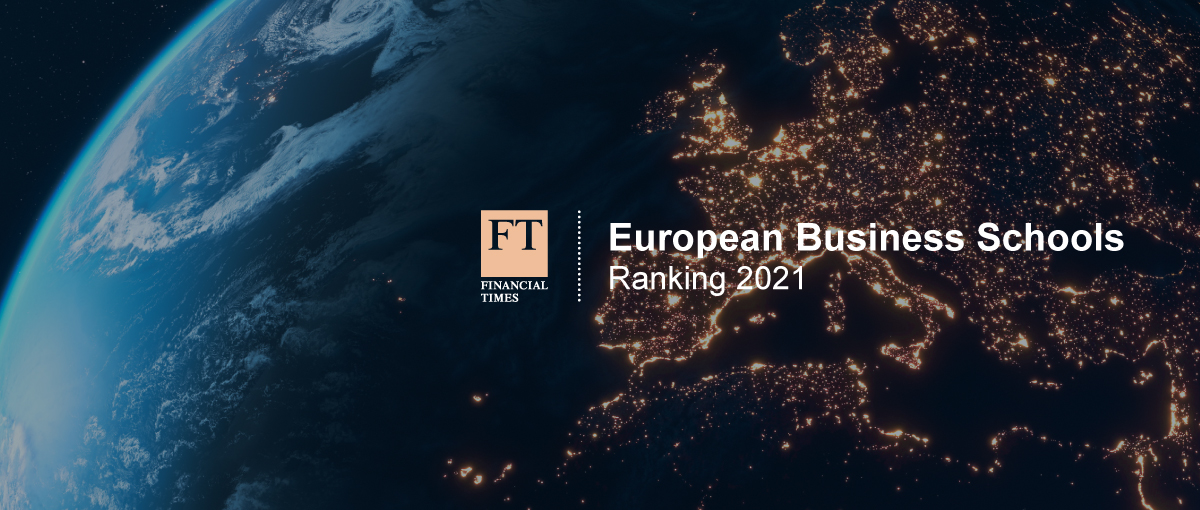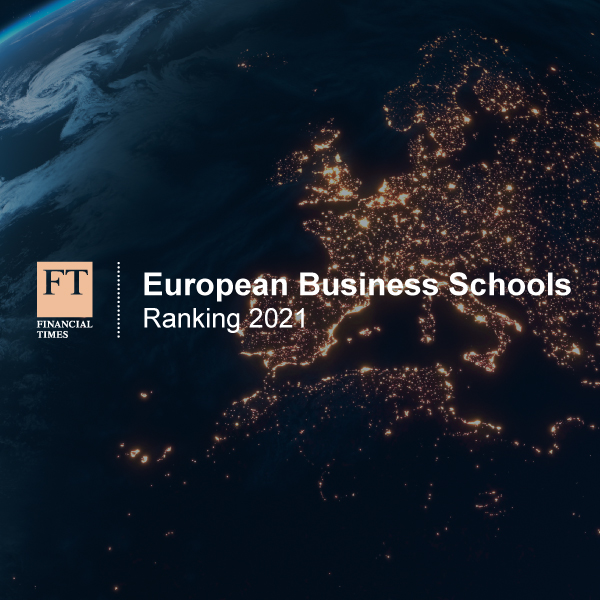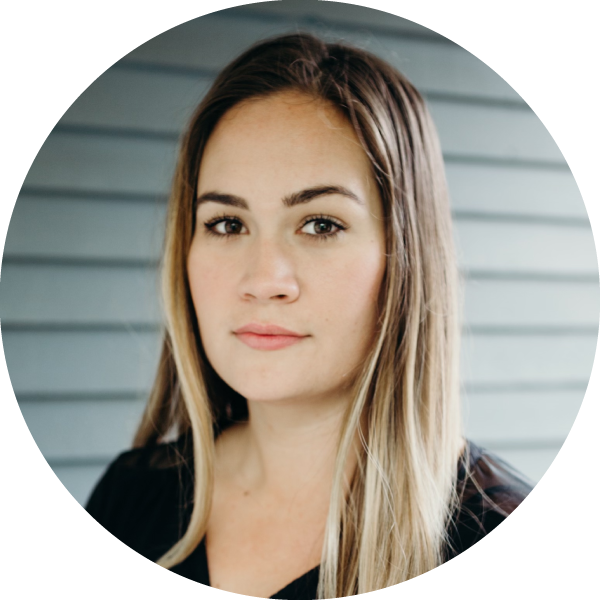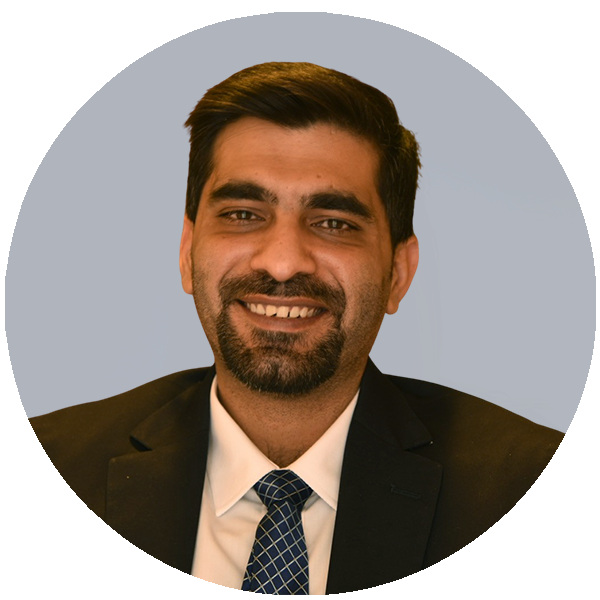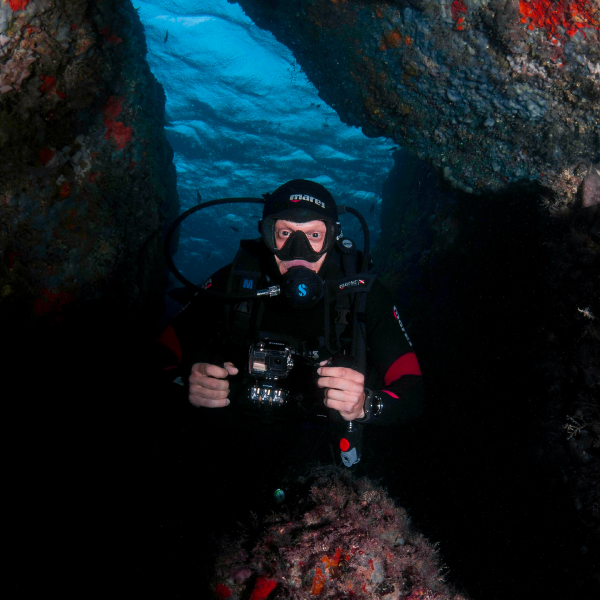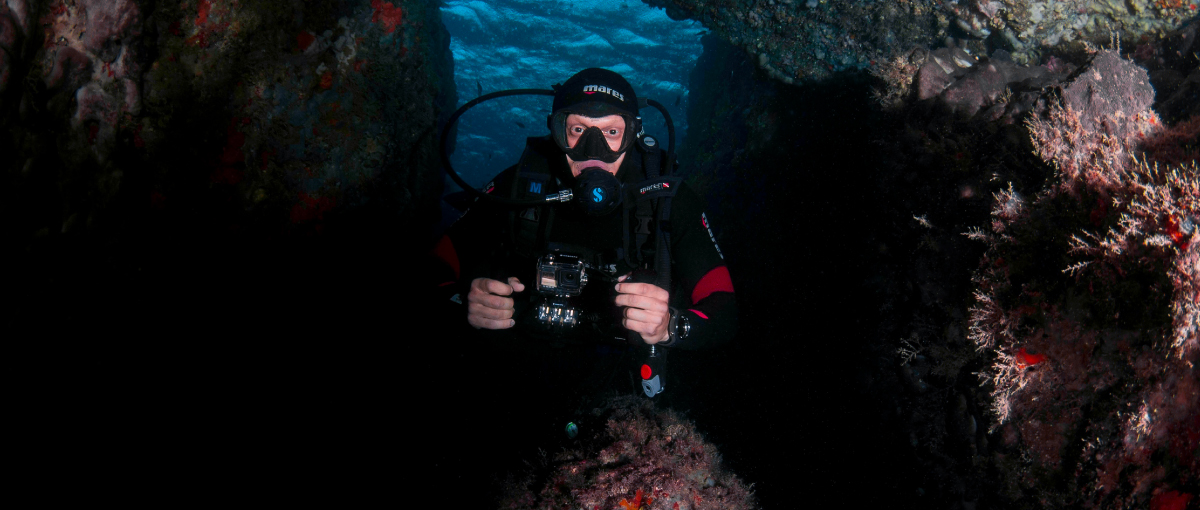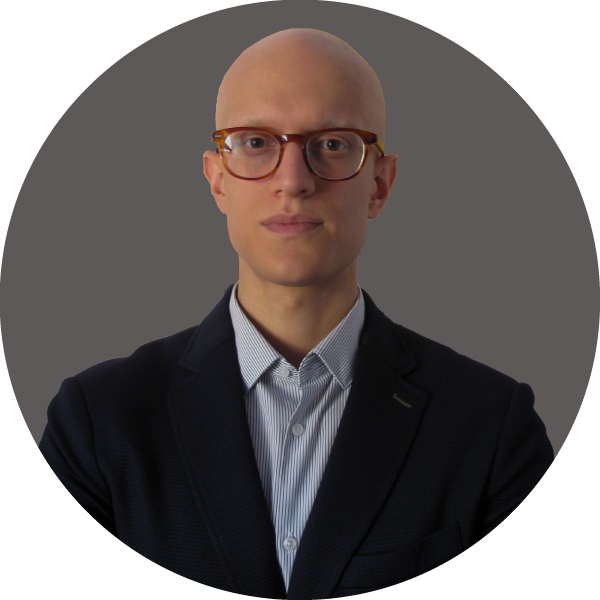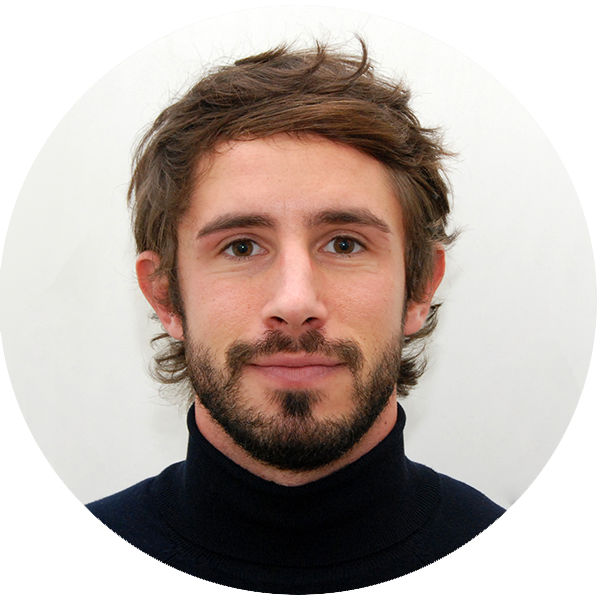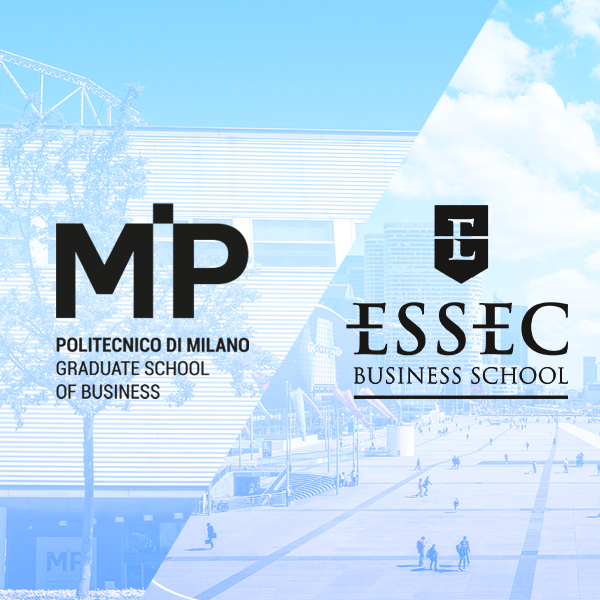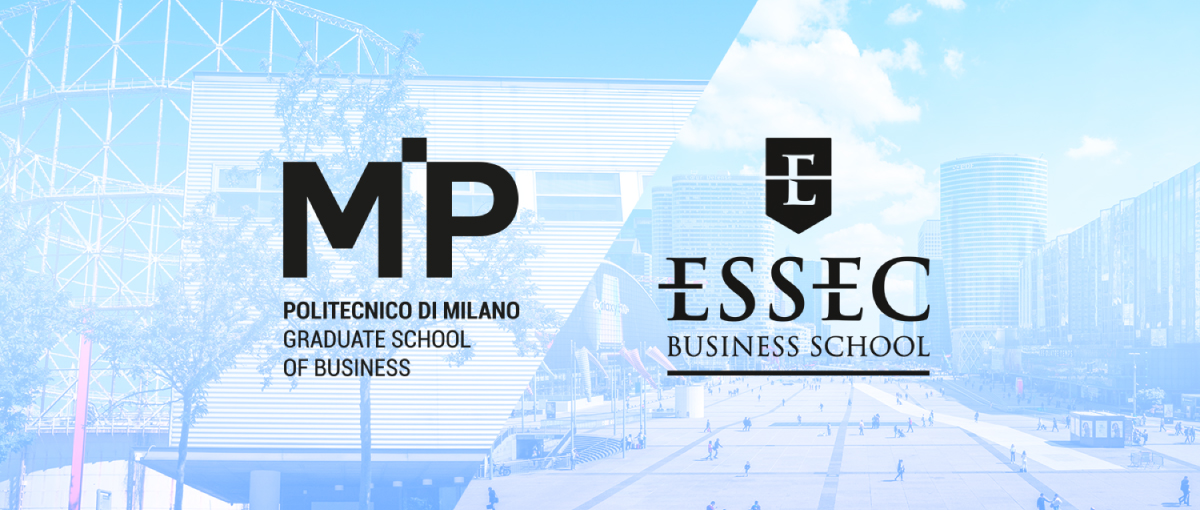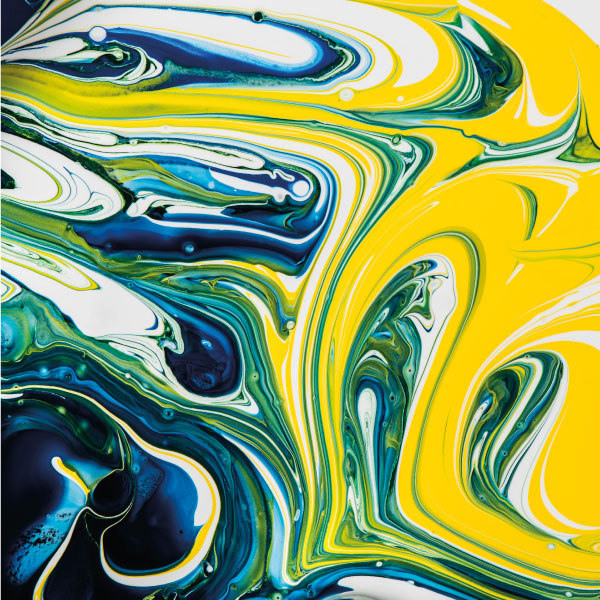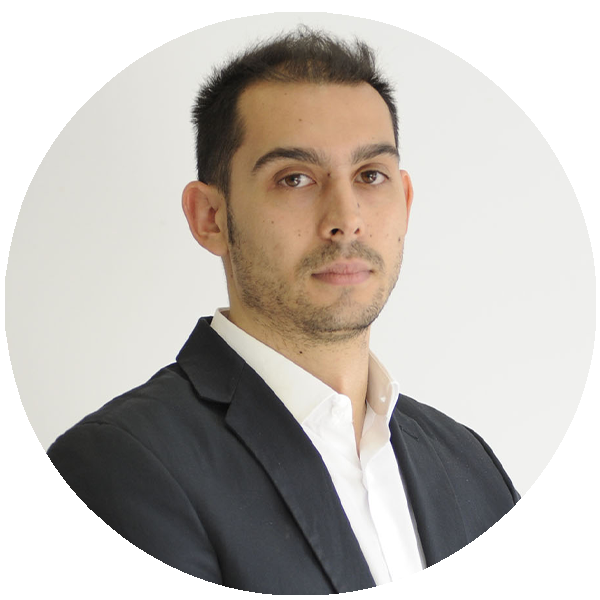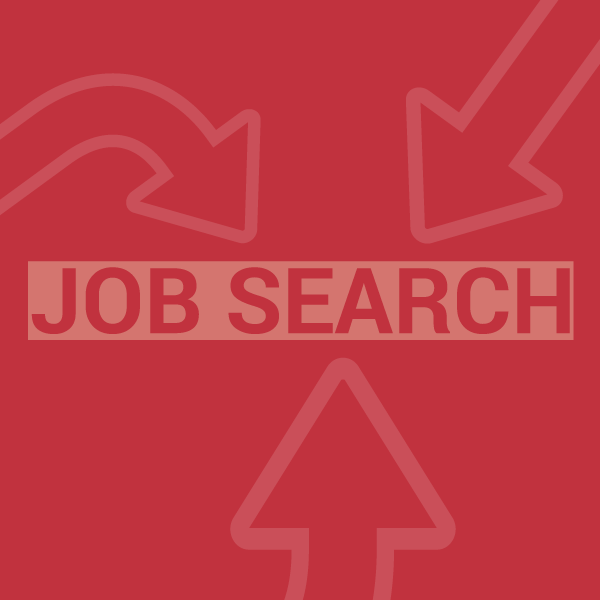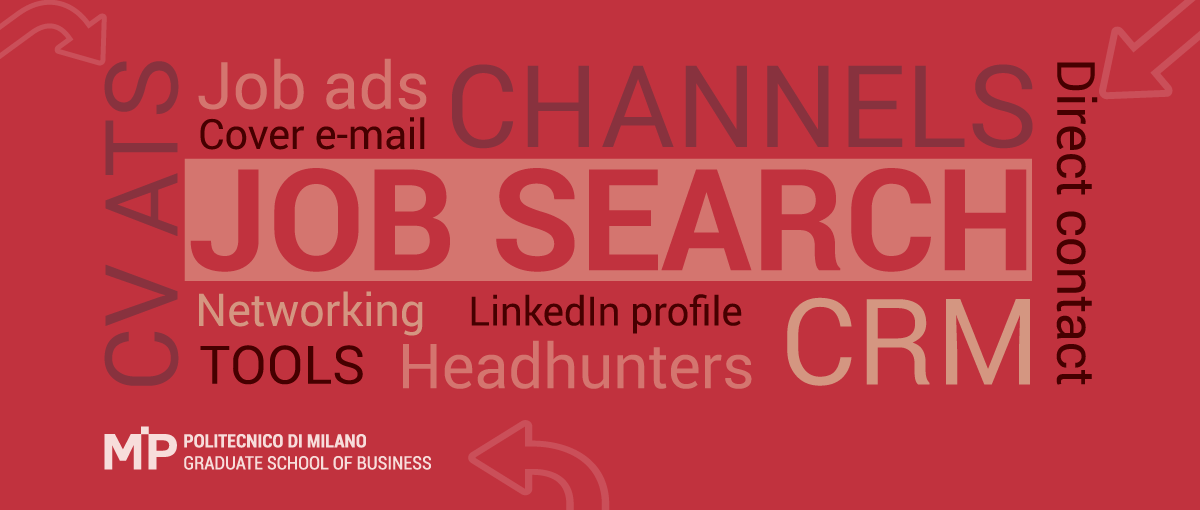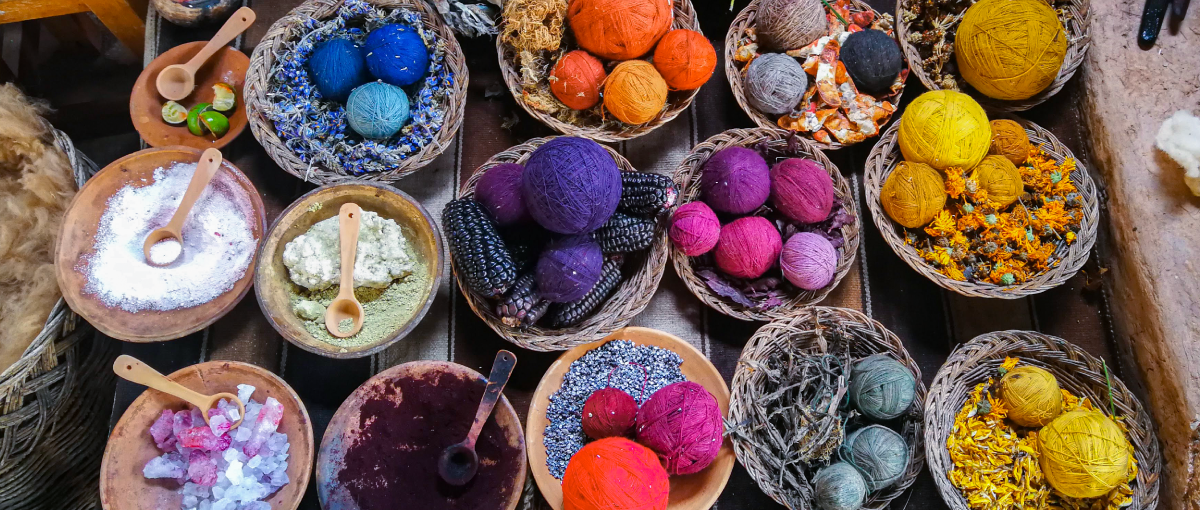
Today, we meet MIP alumni Donatella Carbone and Roberto Toro, founders of Luxalpaca (lux-alpaca.com), a sustainable fashion company marrying luxurious Peruvian alpaca wool with Italian design.
Donatella is an IT professional with more than 10 years of experience working for leading consultancy companies (KPMG and Accenture). Born in the south of Italy, she first studied engineering in Rome and then moved to Milan in 2017, where she attended the International Part-Time MBA at MIP Politecnico di Milano.
Roberto is an industrial engineer specialised in Supply Chain with 8 years of work experience in several different industries. He moved from Peru to Milan in 2017 to attend the International Full-Time MBA at MIP.
A couple who could be called one of MIP’s “matchmaking” successes, in addition to setting up their own company, Donatella and Roberto are also parents of a young child.
Their company went live on October 2nd this year with a collection of men’s and women’s scarves made of 100% alpaca wool. In the next few months Luxalpaca will be launching some new products, also targeting the baby segment.
What were you doing before you came to MIP Politecnico di Milano and why did you choose those particular courses?
A project leader at an IT consultancy in Rome, at the time Donatella was looking to differentiate her background and gain a wider business perspective, so she decided to apply for an MBA. The part-time formula of the course at MIP was perfect, as it allowed her to continue working while studying. Other drivers were the international composition of the class, that was unlike those at other schools, plus the network of schools that enabled students to enjoy short experiences abroad, something from which Donatella benefited by attending a bootcamp in India.
Roberto already had some years of experience in Peru in supply chain management and he wanted to take on new challenges in an international and more dynamic environment. MIP had a perfect curricular program that matched his profile. A program integrating engineering and management was important for understanding how to manage a company.
Tell us how your business idea developed – how early on did it come about?
Luxalpaca was born after the MBA, and we believe that the timing was right, because it gave us the chance to think over and review many of the subjects we had learned and apply our different work expertise to our idea.
It all started in September 2019, when we visited Roberto’s family in Peru. We had a quick visit to Machu Picchu (Cusco), where it was pretty cold, so we bought a scarf made of alpaca wool. This led to Donatella’s first insight: why was this beautiful fabric not available in Italy? We learned that the Peruvian culture is not very well known here, and even less so are the unique qualities of alpaca wool.
How do you feel your MIP experience has set you up for what you are doing now?
We believe the MIP experience gave us the opportunity to understand and to deal with global dynamics. Markets evolve rapidly because of many factors, and we feel that the bootcamps were important for giving us interesting tools and strategies from business cases.
Luxalpaca is also part of this global dynamic, from its Peruvian origins to our Italian customers.
The pandemic has changed shopping behaviour and people are now placing more importance on the online channel: this is a trend which is here to stay. That’s our challenge, to introduce the amazing benefits of an almost unknown alpaca wool and the millennial culture of the Inca Empire, combine these with Italian design, and reach customers through our e-commerce channel.
Sustainability is one of MIP’s core values and, we believe, this is also the case in your business. How do you see Luxalpaca’s role in this area?
One of the main reasons we were first attracted by the idea of Luxalpaca was that we recognised an opportunity to develop a sustainable supply chain in the fashion industry.
Our unique selling proposition is to offer a high-quality product while also creating value and impacting positively on all our stakeholders, right from the first moment.
Alpaca wool is one of the highly sustainable fabrics; the alpaca, too, is one of the most eco-friendly partners we could have! It lives extensively in the Andean area, eating what nature provides. The wool is shorn once a year in a specific period, after taking into account the animal’s survival needs, given the extreme weather conditions. Alpacas have been bred since ancient times and are now one of the main sources of business in the region. For us, that business means working in harmony with nature and respecting the local population.
Part of our first collection derives from a partnership with a community from Cusco called the Urpi, composed of women who come from different villages in the area. Scarves are handmade in different colours obtained from Andean flowers and plants.
Thanks to all of this, we have become partners in a phygital sustainability platform, one of the first platforms for sustainable fashion brands.
Living together with a young child, how easy do you find it to switch off from work, given that you are at the start-up stage of the business? Do you manage to get a balance between work and home life?
To be honest, we haven’t found much difficulty in switching off. We really love our slow-fashion proposal, and we care passionately about this lovely commitment. In the very early stages and due to the pandemic, on one hand, we were partially stopped in terms of production but on the other hand, being restricted to our home gave us the opportunity to better plan the future steps when Donatella was pregnant, and we were able to draw up the business plan.
Nowadays, we try to set up weekly objectives in both work and personal life, balancing our time and also being supported by a kindergarten.
Based on your experience so far, what would be the one piece of advice you would give to a student embarking on an MBA today?
Motivation is a must. It’s important to be conscious that motivation changes before, during and after the MBA. This will get you through to achieving your personal and professional objectives. The MBA is life-changing, and it will constantly challenge you, so you need to make the most of it.
Studying for an MBA means that you have chosen to get out of your comfort zone, and we believe that this fact will develop your inner strengths and will lead you to the path of success.
Donatella and Roberto’s story is a demonstration of how it is possible not only to build on previous experience but also, with the contribution made by MIP’s International MBAs and after imbibing the business school’s ethos, how minds can be opened, and our alumni can take a completely different direction, maybe one not previously envisaged.
All of us at MIP wish them the very best with their new venture and ̶ who knows ̶ maybe one day in the future they will be sending another young entrepreneur our way!
